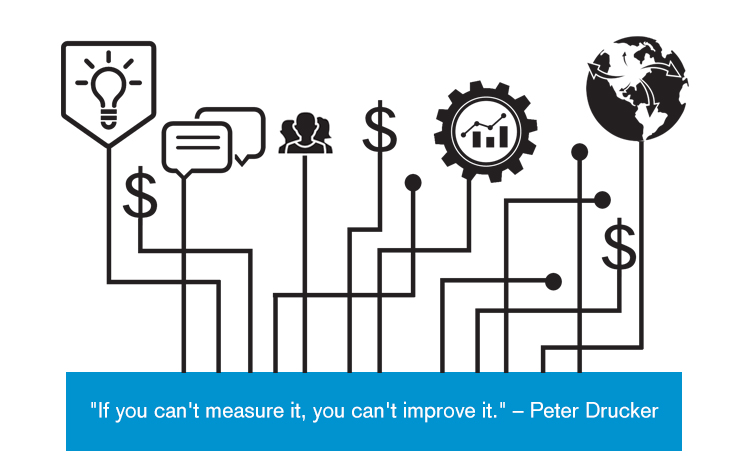Lindsay J.K. Nichols | June 8, 2016
What Social Impact Is and How to Measure It Effectively
Impact. What a loaded word. It means so many things to so many people. In my career in nonprofit communications, I have used “impact” so much that I all but want to throw it out the window.
But here’s why I can’t: impact is at the core of making the world a better place. And as esoteric as that term is, it’s what drives everything my organization does, and it likely drives everything your organization does as well. So instead of ditching the phrase altogether, let’s talk about what we mean by the term “impact” – and how to measure it.
Let’s break it down:
- Nonprofits are working tirelessly to solve crises the world over. Our nonprofit members – some of the most trusted, high-performing in the nation – are daily proof. They work to measure their impact in a variety of ways – not the least of which is short-term results and long-term behavior change. Blog posts we recently published about TechnoServe and Tiger Woods Foundation are just two of many great examples.
- And employers are right there in the action. Indeed, our clients – among them the esteemed Lockheed Martin and Legal & General America – possess company leaders who are entirely dedicated to making a difference in their communities and addressing particular issues, whether it’s education, the environment, reducing poverty or something else, through the work of their corporate philanthropy programs. That’s a lot of impact to measure in its own right.
- These leaders also work hand in hand with nonprofits to address the great challenges of the day – and thus these leaders have to measure the impact of their programs, including their collaboration and work with nonprofit partners.
- These leaders also know that they are making a difference in their communities while simultaneously changing the lives of their employees, for these programs harness the collective influence of employee action to solve the world’s problems. These corporate philanthropy programs purposely and inherently garner better employee recruitment, lead to greater retention, increase brand recognition and reputation, and so much more. Thus they also have to measure the impact of their employee giving and engagement initiatives; the efforts of their employees, including volunteerism, giving, crowdfunding, social sharing and more; while also measuring factors that are important to each part of their business which has a stake – HR, communications and marketing, business development and more.
That’s a lot of impact happening across a lot of players and levels. It’s enough to make your head spin.
So how do we get a handle on it? We measure it.
We measure what we want to achieve, what we’re doing to get there, and the results of these efforts. We measure if we’re making a difference in so many ways – small, medium and large.
We understand the difficulties in measuring impact in whatever form that takes, and measuring it well, so we have created a new white paper to help you, which you can download for free here: https://www.charities.org/Metrics-Methods-Measuring-Social-Impact
Hopefully this gets you thinking about the right questions to ask, the right people to involve in decision making, and the right way to use your measurement to improve your work.
Please give it a read and let us know what you think – and how we can help you measure your efforts and increase your impact.

Get Resources and Insights Straight To Your Inbox
Explore More Articles
Open Position: Customer Service Coordinator (Remote-Part Time)
Position Title: Customer Service Coordinator (Remote – Part Time) Department: Charitable Funds Management Solutions We are a non-profit charitable organization looking for skilled individuals who…
Read ArticleGet Resources and Insights Straight To Your Inbox
Receive our monthly/bi-monthly newsletter filled with information about causes, nonprofit impact, and topics important for corporate social responsibility and employee engagement professionals, including disaster response, workplace giving, matching gifts, employee assistance funds, volunteering, scholarship award program management, grantmaking, and other philanthropic initiatives.




